Philip Jones Griffiths (18 February 1936 – 19 March 2008), one of the most celebrated photojournalists of the 20th century, remains a towering figure in the realm of documentary photography. Known for his compelling visual storytelling and unwavering commitment to truth, Griffiths used his camera not only as a tool for capturing moments but also as a weapon against injustice.
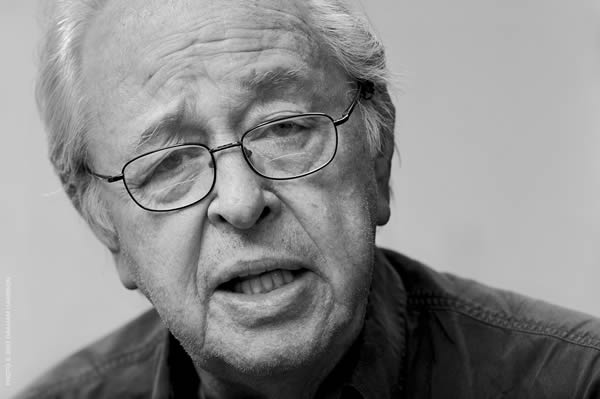
Through his iconic works, such as Vietnam Inc., Griffiths challenged mainstream narratives, shedding light on the human cost of war and inspiring generations of photographers to see their craft as a force for social change.
You can find Philip Jones Griffiths on the Web:
Early Life and Beginnings
Born on February 18, 1936, in Rhuddlan, Wales, Philip Jones Griffiths showed an early interest in photography. After studying pharmacy at Liverpool University, he worked as a pharmacist to fund his passion for photography. His unique perspective and dedication to documenting human struggles soon caught the attention of leading publications, propelling him into the world of professional photojournalism.
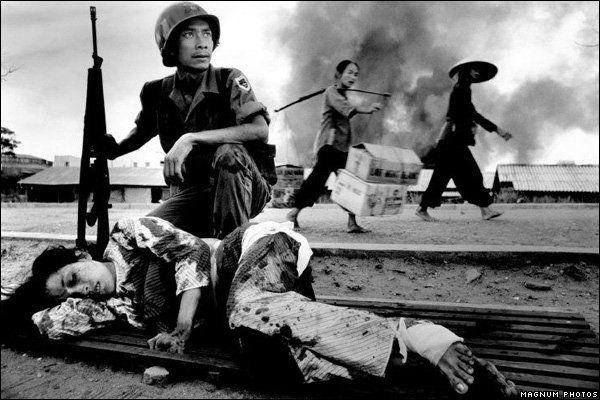
© Philip Jones Griffiths / Magnum Photos
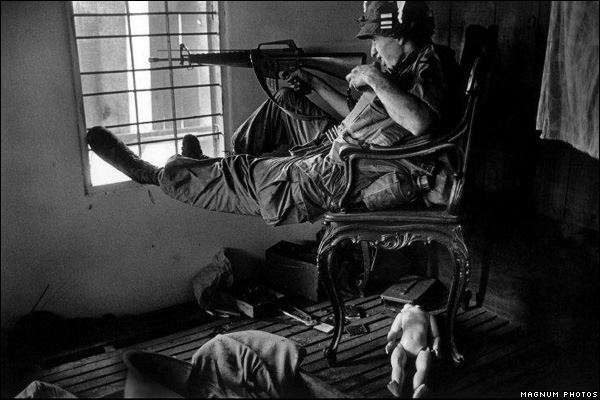
© Philip Jones Griffiths / Magnum Photos
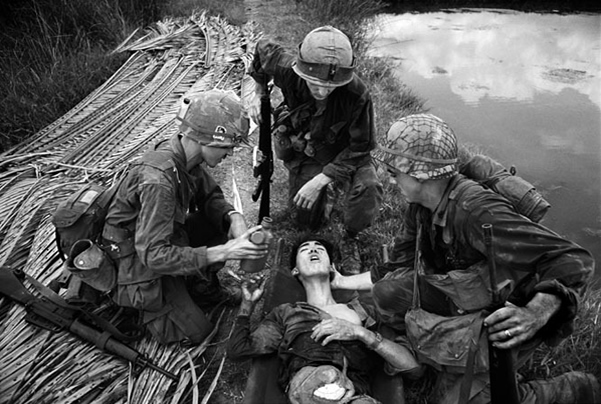
© Philip Jones Griffiths / Magnum Photos
The Vietnam War: A Turning Point
Griffiths’ coverage of the Vietnam War solidified his reputation as a master photographer. His seminal work, Vietnam Inc., published in 1971, is widely regarded as one of the most influential photo books of the 20th century. Through harrowing and intimate images, Griffiths exposed the human cost of war, challenging mainstream narratives and influencing public opinion about the conflict.
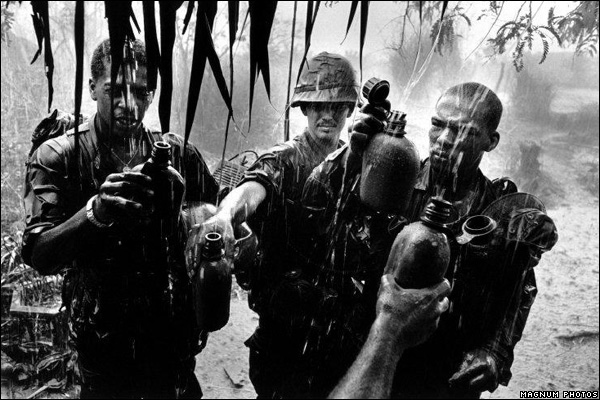
© Philip Jones Griffiths / Magnum Photos
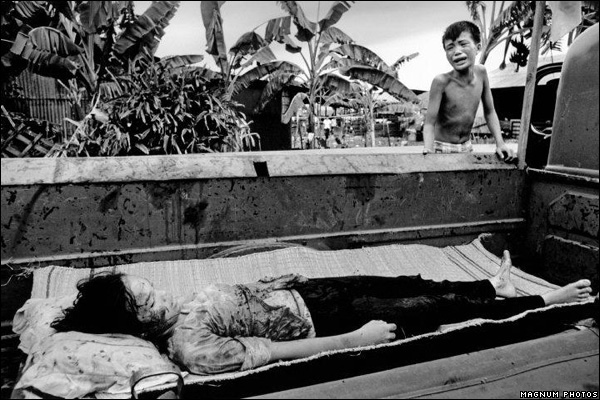
© Philip Jones Griffiths / Magnum Photos
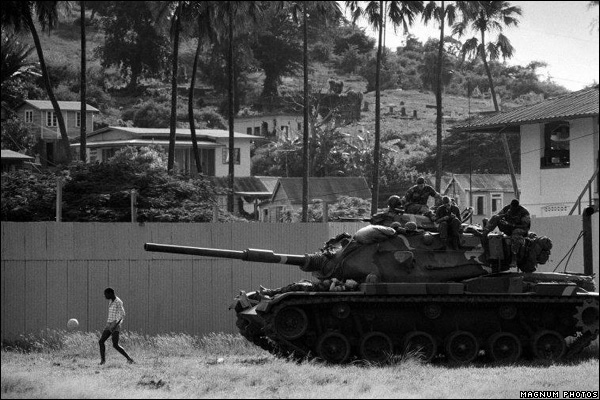
© Philip Jones Griffiths / Magnum Photos
A Humanitarian Perspective
Unlike many of his contemporaries, Griffiths focused not on battlefield heroics but on the civilian toll of war. His empathetic lens brought to light the suffering of ordinary people, making his work both poignant and politically charged. This approach set him apart as a photographer deeply committed to humanitarian causes.
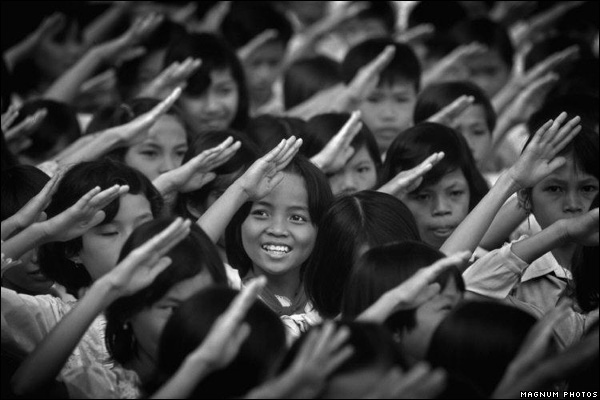
© Philip Jones Griffiths / Magnum Photos
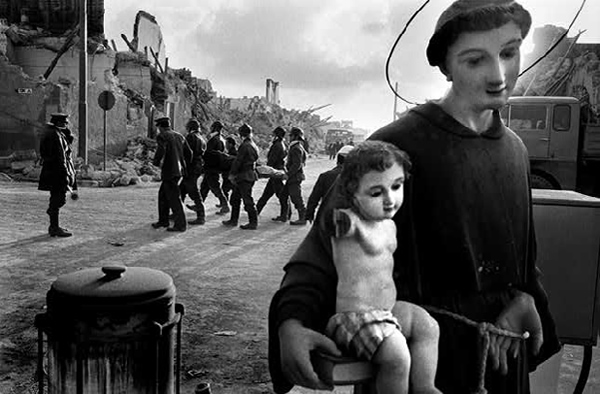
© Philip Jones Griffiths / Magnum Photos
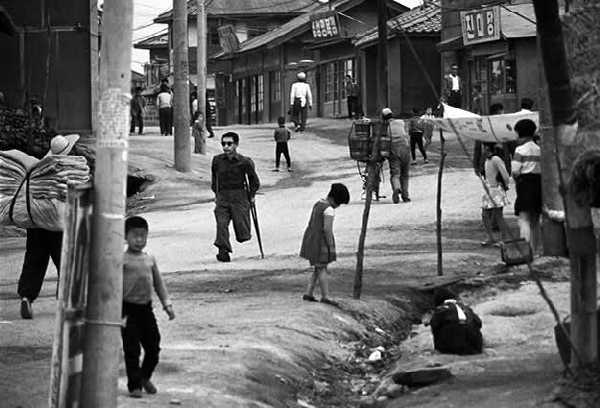
© Philip Jones Griffiths / Magnum Photos
Magnum Photos and Collaborative Impact
Joining Magnum Photos in 1966, Griffiths became a pivotal member of this renowned photographic cooperative. His collaboration with Magnum allowed him to pursue long-term projects and gave him a platform to showcase stories that mainstream media often overlooked. As president of Magnum from 1980 to 1985, he championed the role of photography in driving social change.
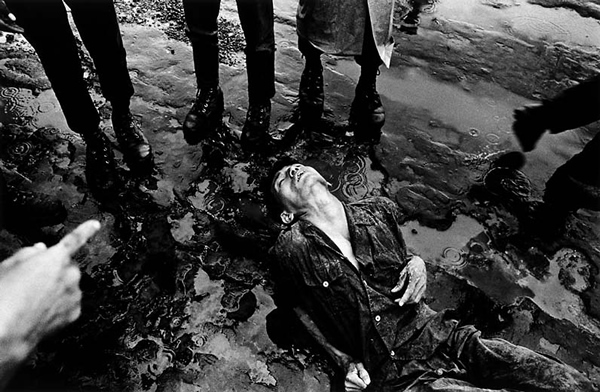
© Philip Jones Griffiths / Magnum Photos
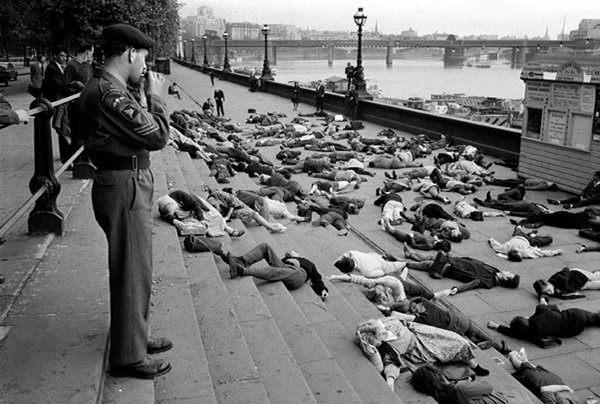
© Philip Jones Griffiths / Magnum Photos
Beyond Vietnam: Global Advocacy
Griffiths’ work extended far beyond Vietnam. He documented conflicts, social injustices, and cultural transformations across the globe, including Cambodia, Northern Ireland, and Palestine. Each project reflected his deep commitment to giving a voice to the voiceless and shedding light on overlooked issues.
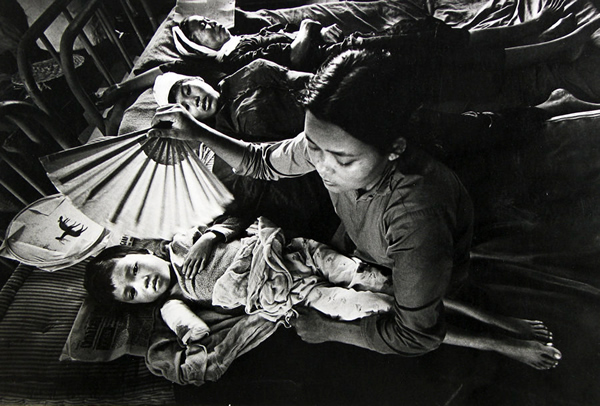
© Philip Jones Griffiths / Magnum Photos
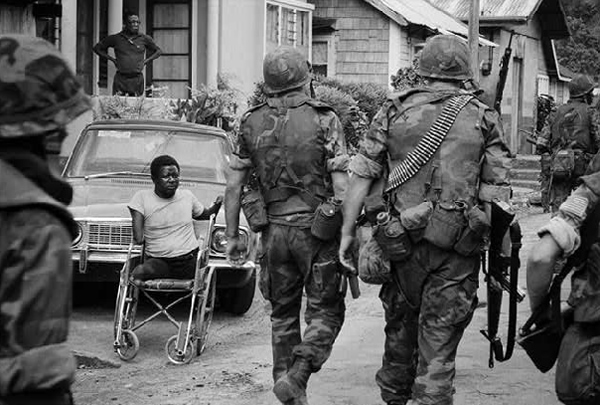
© Philip Jones Griffiths / Magnum Photos
Style and Technique
Griffiths’ photographic style was characterized by its depth and intimacy. His ability to build trust with his subjects allowed him to capture unguarded moments, resulting in images that were as raw as they were powerful. He often employed black-and-white film, which added a timeless quality to his work and emphasized the gravity of the stories he told.
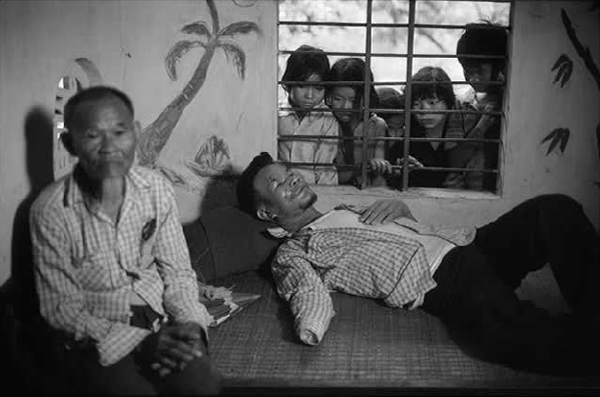
© Philip Jones Griffiths / Magnum Photos
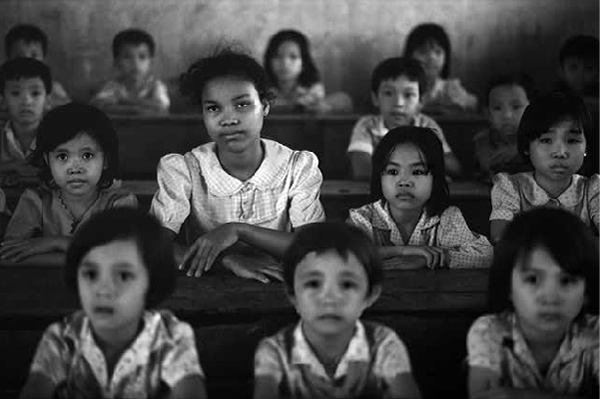
© Philip Jones Griffiths / Magnum Photos
Awards and Recognition
Throughout his career, Griffiths received numerous accolades for his contributions to photojournalism. His work has been exhibited in prestigious galleries and remains a subject of study for aspiring photographers and historians. Vietnam Inc. continues to be a landmark publication in the field of documentary photography.
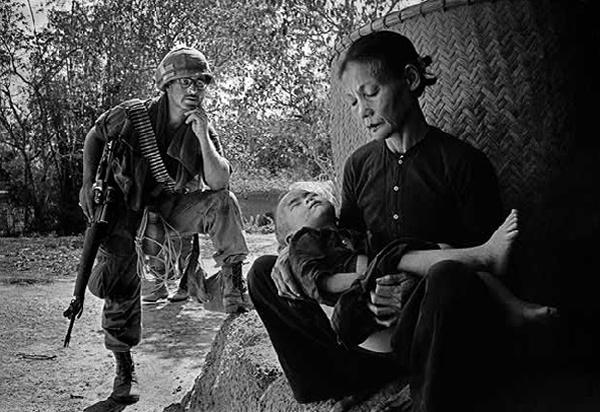
© Philip Jones Griffiths / Magnum Photos

© Philip Jones Griffiths / Magnum Photos
Legacy and Influence
Philip Jones Griffiths’ influence extends far beyond his body of work. He inspired generations of photographers to approach their craft with empathy, integrity, and a commitment to truth. His legacy is preserved through archives, exhibitions, and the ongoing relevance of his images in discussions about war and humanity.
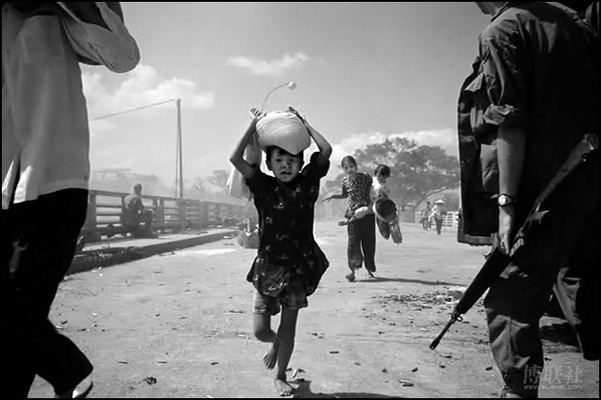
© Philip Jones Griffiths / Magnum Photos
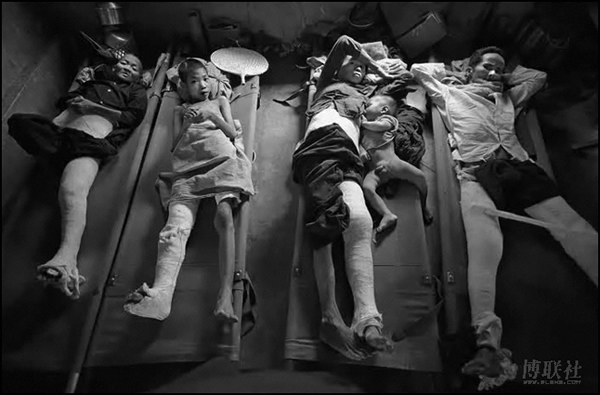
© Philip Jones Griffiths / Magnum Photos
Personal Philosophy
Griffiths believed that photography should not merely document reality but also challenge perceptions and provoke action. His philosophy underscored the transformative power of visual storytelling, advocating for photography as a medium for social change.
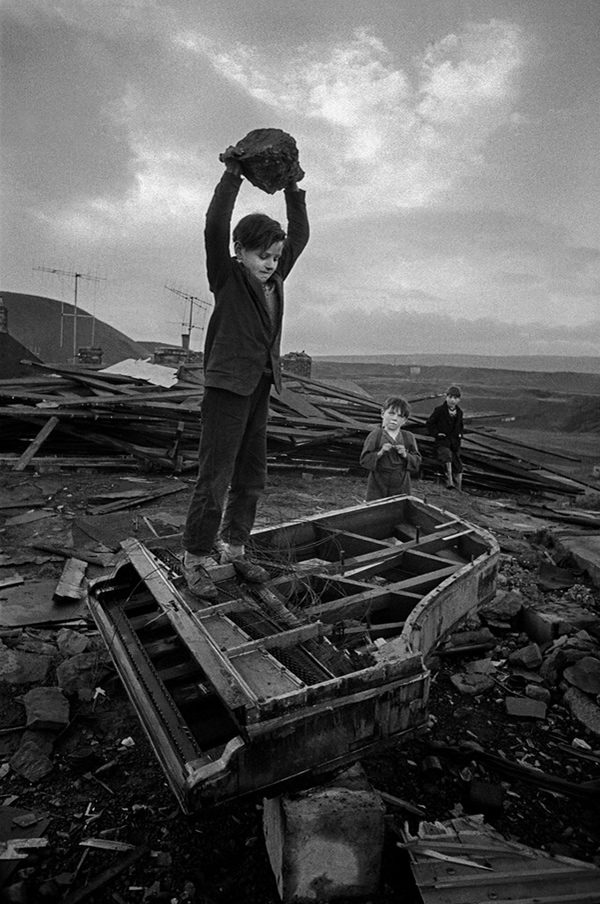
© Philip Jones Griffiths / Magnum Photos
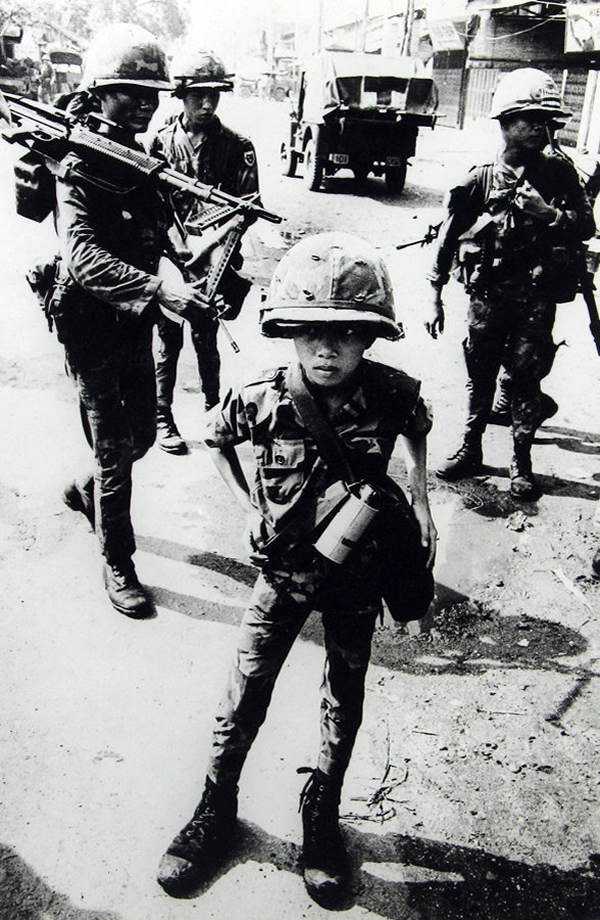
© Philip Jones Griffiths / Magnum Photos
Conclusion: A Master Photographer Remembered
Philip Jones Griffiths’ unparalleled dedication to his craft and his unwavering advocacy for justice cement his status as one of history’s greatest photographers. His work serves as a powerful reminder of photography’s potential to illuminate, inspire, and instigate change. As we reflect on his contributions, Griffiths’ legacy continues to resonate, urging us to see the world through a lens of compassion and courage.
Related Articles:
- Master Photographer Bruno Barbey: A Visionary of Color and Human Experience
- Master Photographer Alex Webb: A Journey Through Color, Culture, and Human Connection
- Master Photographer Elliott Erwitt: A Life Through the Lens of Wit, Humanity, and Timelessness
- Master Photographer Steve McCurry: A Legacy in Visual Storytelling


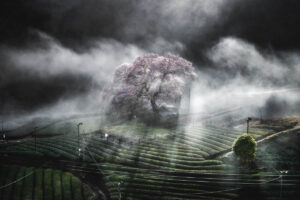





 English (US) ·
English (US) ·